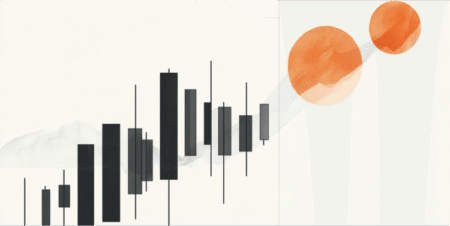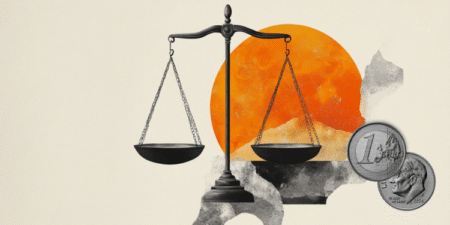European Central Bank (ECB) executive board member Fabio Panetta argued on Friday that the ECB should continue to ease the monetary policy if downside growth risks reinforce the disinflationary process, per Reuters.
Key takeaways
“Monetary policy approach in coming months must remain flexible and pragmatic.”
“Possible reduction in the international role of US markets could open opportunities for others, including Europe.”
Europe can benefit from reallocation of global portfolios but it must act.”
“Fragmentation hinders development of European capital market.”
Market reaction
These comments from Panetta received a dovish score of 2.8 from FXStreet ECB Speech Tracker. In turn, EUR/USD struggles to gain traction and trades modestly lower on the day below 1.1700.
ECB FAQs
The European Central Bank (ECB) in Frankfurt, Germany, is the reserve bank for the Eurozone. The ECB sets interest rates and manages monetary policy for the region.
The ECB primary mandate is to maintain price stability, which means keeping inflation at around 2%. Its primary tool for achieving this is by raising or lowering interest rates. Relatively high interest rates will usually result in a stronger Euro and vice versa.
The ECB Governing Council makes monetary policy decisions at meetings held eight times a year. Decisions are made by heads of the Eurozone national banks and six permanent members, including the President of the ECB, Christine Lagarde.
In extreme situations, the European Central Bank can enact a policy tool called Quantitative Easing. QE is the process by which the ECB prints Euros and uses them to buy assets – usually government or corporate bonds – from banks and other financial institutions. QE usually results in a weaker Euro.
QE is a last resort when simply lowering interest rates is unlikely to achieve the objective of price stability. The ECB used it during the Great Financial Crisis in 2009-11, in 2015 when inflation remained stubbornly low, as well as during the covid pandemic.
Quantitative tightening (QT) is the reverse of QE. It is undertaken after QE when an economic recovery is underway and inflation starts rising. Whilst in QE the European Central Bank (ECB) purchases government and corporate bonds from financial institutions to provide them with liquidity, in QT the ECB stops buying more bonds, and stops reinvesting the principal maturing on the bonds it already holds. It is usually positive (or bullish) for the Euro.
Read the full article here
















